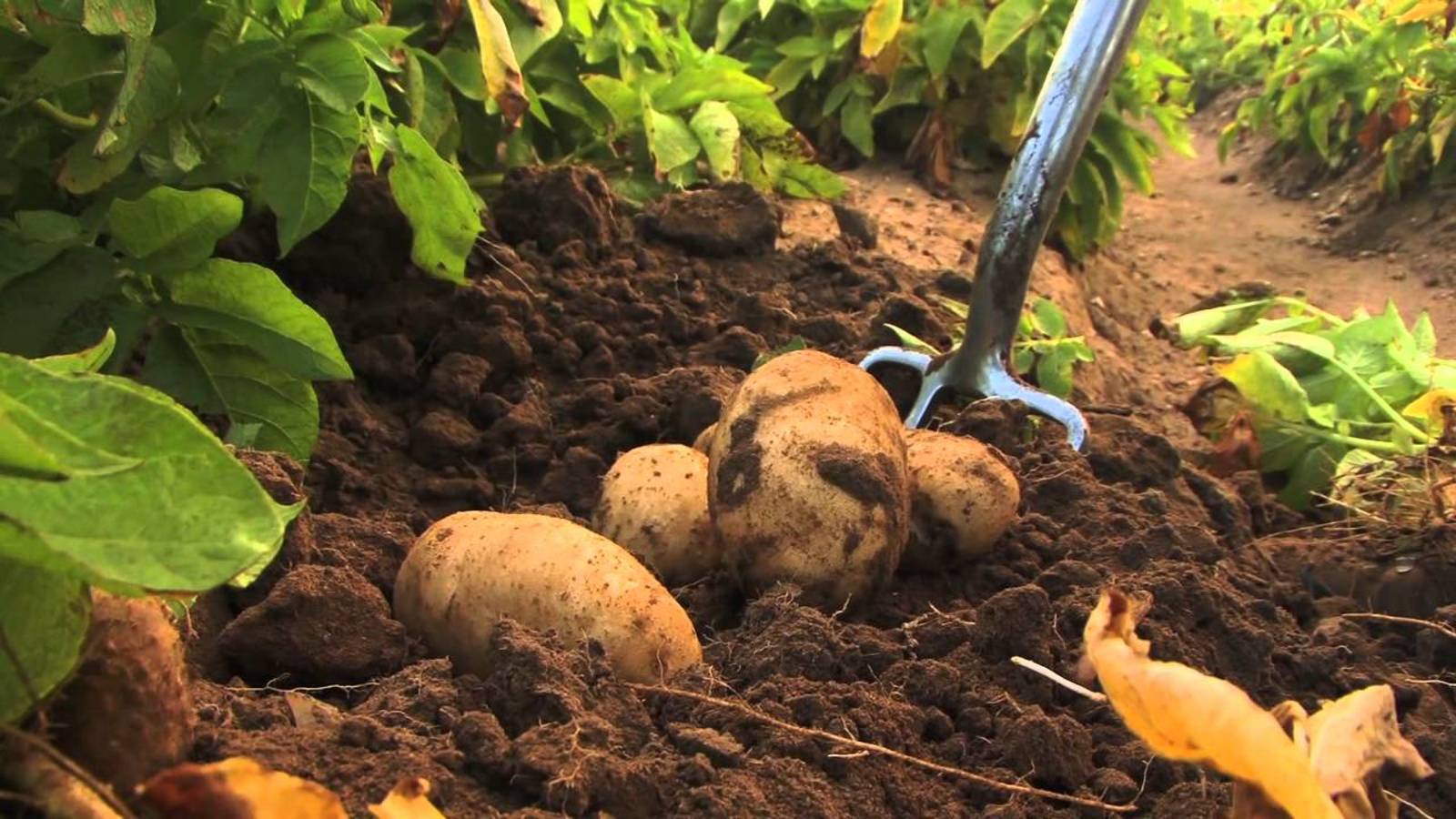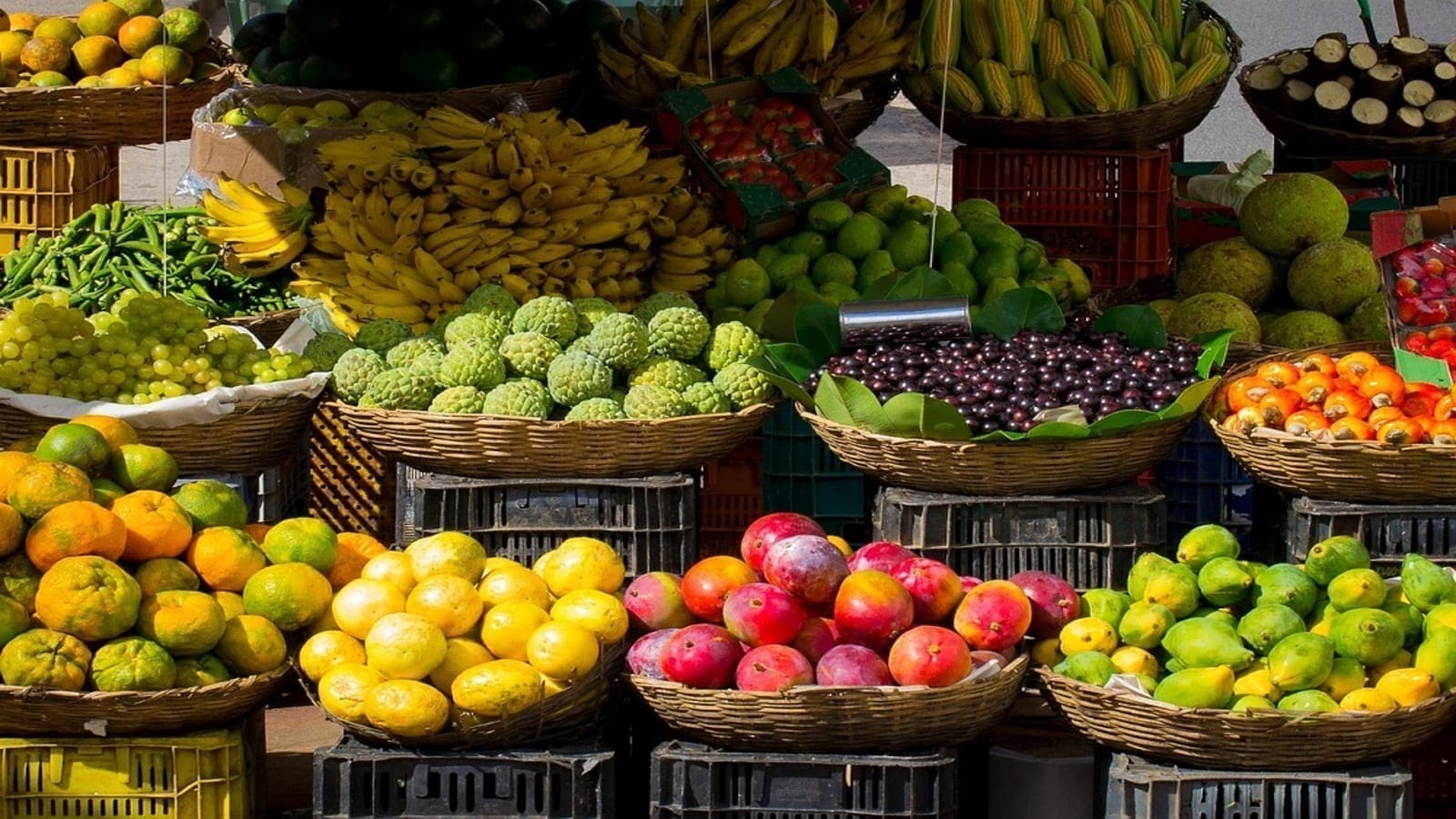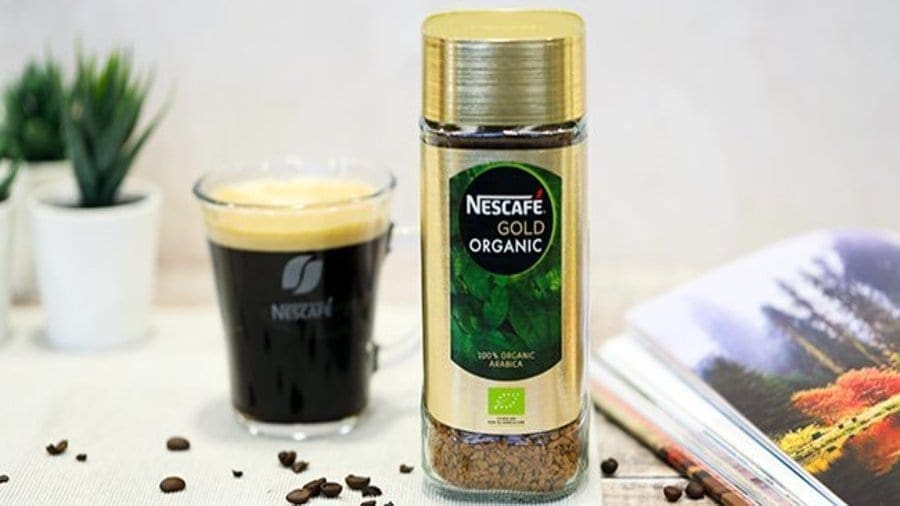US — PepsiCo and General Mills, two of America’s largest food corporations, have joined a growing list of food companies taking sustainability efforts to the farm in an effort to cut down greenhouse gas emissions in their entire value chains.
General Mills, Inc. has on its part, committed to advance regenerative agriculture on 1 million acres by 2030, representing approximately 20% of its sourcing footprint in North America.
The maker of Cheerios cereal brand says that its regenerative agriculture efforts will focus on its most greenhouse gas emissions-intensive ingredient categories (wheat, oats, dry corn/sweeteners, fats and oils, dairy, sugar, chocolate/cocoa, meat, nuts and miscellaneous grains (barley, cassava, rice).
Consequently, the company has partnered with organic and conventional farmers, suppliers and trusted farm advisers in key growing regions to drive the adoption of regenerative agriculture principles.
In its 2021 Global Responsibility Report, the company highlighted its ability to reach its goal of sustainably sourcing 100% of its top 10 priority ingredients (cocoa, corn, dairy, fiber packaging, oats, sugar beets, sugarcane, palm oil, vanilla and wheat) as one of its top achievements.
According to General Mills, the 10 priority ingredients account for 40% of the company’s annual raw material purchases.
“Our business is rooted in the earth and in order to make food for future generations, we believe we can no longer simply sustain earth’s resources, we need to regenerate them,” said Mary Jane Melendez, chief sustainability and social impact officer, General Mills.
PepsiCo scales regenerative farming plan
Meanwhile, US beverage giant, PepsiCo has said that by 2030, it plans to spread regenerative farming practices across seven million acres, an area equal to the same size of land it uses to grow crops for its products.
This will see more initiatives like PepsiCo’s Walkers crisps using “circular potatoes” technology to turn the peelings into low-carbon, nutrient-rich fertilizer, coming online. The use of this fertilizer is expected to reduce Walkers’ carbon emissions from growing potatoes by 70 percent.
The circular farming practices are part of PepsiCo’s Positive Agriculture agenda, which focuses on soil health, sequestering carbon, enhancing watershed health, increasing biodiversity and improving farmer livelihoods.
Furthering nearly a decade of progress with its Sustainable Farming Program (SFP), PepsiCo says it will continue to collaborate with farmers across 60 countries to build resilience and restore ecosystems.
In the US, for example, PepsiCo has worked with farmers to plant cover crops on over 85,000 acres and has seen up to a 38 percent net reduction in on-farm GHG emissions, including soil carbon sequestration.
Through efforts with partners, the company will also expand regenerative agriculture programs to more than 500,000 acres of US farmland by the end of this year.
“By focusing on regenerative agriculture practices at the local level to improve soil health, we can build a stronger foundation for our products and help make the entire food system more sustainable,” says Jim Andrew, PepsiCo’s chief sustainability officer.
PepsiCo will also continue to grow its global network of Demonstration Farms, which enable peer-to-peer learning, and in 2020 grew to more than 350 farms with more than 80 percent adopting regenerative farming practices.
As of the end of 2020, PepsiCo reports that its direct-sourced crops are 100 percent sustainably sourced in 28 countries.
The new ambition will focus on sustainably sourcing 100 percent of its key ingredients, expanding to include not only its direct-sourced crops (potatoes, whole corn, oats, and oranges), but also key crops from third parties, such as vegetable oils and grains.
PepsiCo estimates that these initiatives will lead to a net reduction of at least three million tons of greenhouse gases (GHG) emissions by 2030.
Liked this article? Subscribe to Food Business Africa News, our regular email newsletters with the latest news insights from Africa and the World’s food and agro industry. SUBSCRIBE HERE










